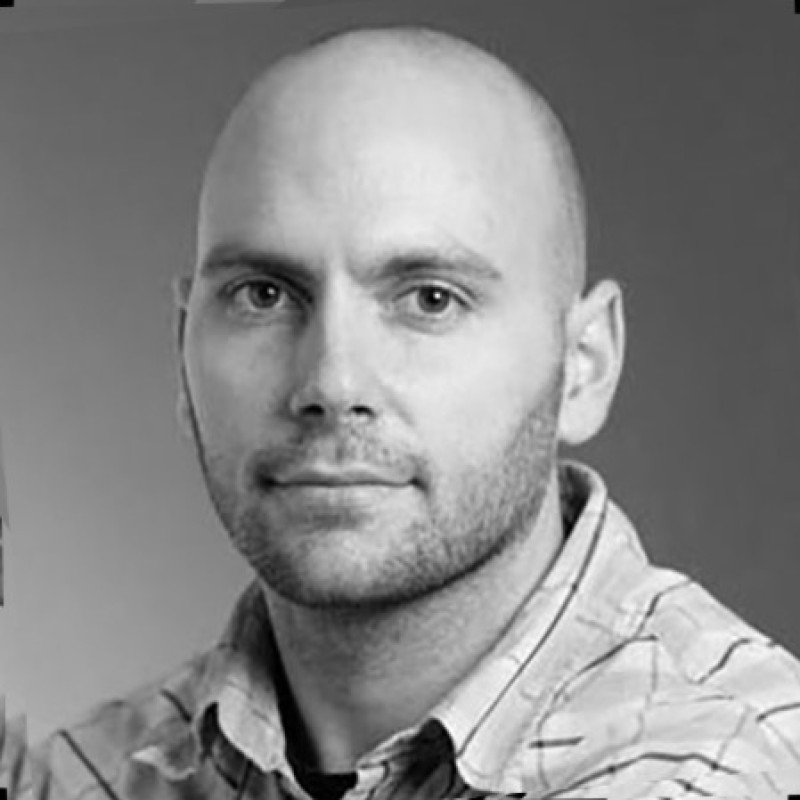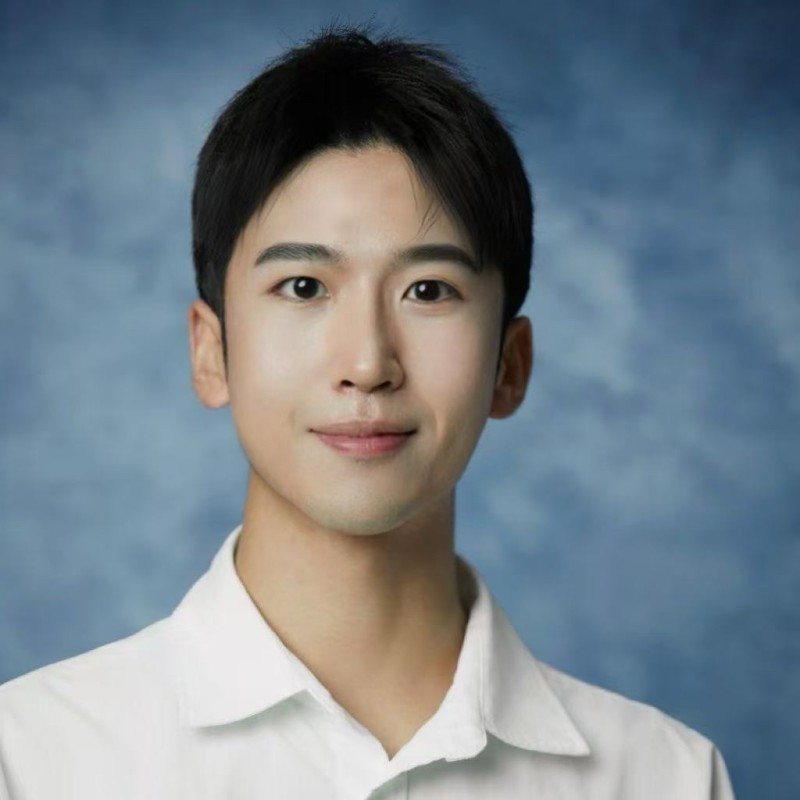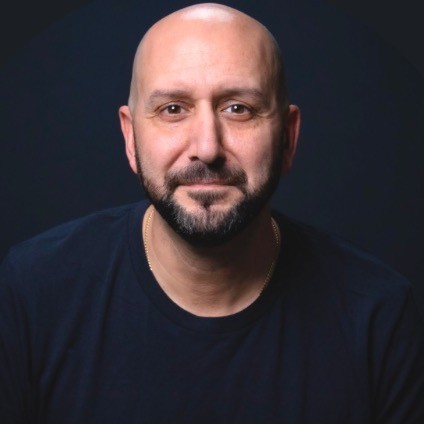- Understand the responsibilities of a Head of Engineering at the early stage
- Spot the traits that make a technical leader the right (or wrong) fit
- Run an interview process that uncovers both technical and leadership skills
- Lead effectively together — balancing technical direction with business needs
- Build a strong, trust-based relationship that scales your vision through their leadership
In this video mini-series, three experienced sales leaders from our community break down why this role is so unique early on, and what traits make someone successful in it. Featured guests include:
- Erica Kangas, Head of Engineering at Scroobius and 3x early-stage engineering leader, specializing in building products for underserved communities.
- Ian Asaff, CTO at Darby and a healthcare technology veteran who’s spent his career at startups streamlining patient care through better software.
- Melissa Leffler, CTO at ClearCompany and former SVP of Engineering at Drift, where she scaled the engineering team from 20 to 120 people over five years.
Ready to start building? Let’s dive in. Please note: This article is a part of a mini-series: Hiring Your First Head of [X]. The series also covers hiring your first head of Product, and Sales!
Role Scoping
What’s Different About a Head of Engineering at the Early Stage?
In the early stages of company building, your first Head of Engineering wears many hats — part individual contributor, part manager, part executive. This video share how the role shifts in a startup environment, and why communication, alignment, and translation matter as much as shipping code.
Unlike engineering leaders at later-stage companies, who inherit established systems, budgets, and processes, your first Head of Engineering is building the technical foundation from scratch — while also helping define the product, culture, and team. They’re translating your business vision into technical execution and translating technical realities back to you and the rest of the leadership team.
“A Head of Engineering absolutely has to be a great translator… adapting your language, context, and messaging across different audiences so you can drive the right outcomes.” – Erica Kangas
If you hire someone who can code but can’t communicate across functions, you’ll risk misalignment, wasted effort, and slow delivery. The best early-stage Heads of Engineering can zoom out to set direction, zoom in to write or review code, and bridge the gap between technical and non-technical stakeholders.
Key takeaway: Your first Head of Engineering is not just a builder — they’re a connector, translator, and leader who ensures your product vision becomes reality.
Candidate Profile
What to Look for in a First Head of Engineering
Technical skills are just the starting point. Your first Head of Engineering should be a strong communicator, a thoughtful decision-maker, and genuinely invested in your product’s success. In this video, our technical leaders share how to identify candidates who can hire, iterate, and build with you — especially when things get messy.
One of the most important traits to look for is curiosity. The right candidate asks probing questions about your product, customers, and business model. They know how to navigate ambiguity and are willing to jump into discomfort with you — not just tolerate it. They also have a proven ability to hire and mentor other engineers, because your technical foundation is only as strong as the team they build around it.
“Finding someone who really cares about what you’re building is super important… they’ll be curious enough to ask the right questions and get the context they need.” – Erica Kangas
Finally, think about what is best for your stage. Some engineering leaders thrive on building from scratch, while others excel at scaling an existing team. Clarifying where you are — and where you need them to take you — will help you make the right hire.
Key takeaway: Look for a technical leader who blends coding chops with communication skills, curiosity, and the ability to build both product and team from the ground up.
Interviewing
How to Evaluate a Head of Engineering Candidate
The strongest technical hires are more than great coders — your interview should prove it. In this video, experienced technical leaders share how to design a process that reveals how candidates think, collaborate, and approach product — plus practical ways to spot red flags early.
As a nontechnical founder, your job isn’t to assess line-by-line code quality — it’s to understand how a candidate approaches problems, collaborates across the team, and adapts their communication for different audiences. Start by asking about their startup experience: the challenges they’ve faced, the tradeoffs they’ve made, and the “war stories” they’ve learned from.
Have them walk through something they’ve built — without slides. A live “tech talk” or whiteboard session can reveal how they think through product, process, and customer feedback. Watch for whether they clearly separate their own contributions from the team’s, and how they reflect on what they’d do differently.
“You can learn so many important things from someone by seeing how they interact with nontechnical teammates and junior folks.” – Erica Kangas
Include both technical and nontechnical team members in the interview process. The goal is to evaluate not just whether they can build the product, but whether they can lead, communicate, and collaborate in a way that makes your whole company stronger.
Key takeaway: Design an interview process that reveals both technical competence and leadership fit — because you need someone who can build the right product and the right team.
→ See our complete guide on how to design an effective interview process and how to close your top candidate.
Leadership
How a Head of Engineering Should Drive Team Execution
By the time you hire your first Head of Engineering, you’re trusting them to keep projects moving, spot risks early, and make smart tradeoffs as your team scales. Think of them as a general contractor — coordinating multiple workstreams, adapting to change, and knowing exactly when to step in.
“If you think about an engineering leader being a general contractor, they have a lot of subcontractors they have to manage… and good general contractors know when they have to get involved with their subcontractors.” — Melissa Leffler
Strong engineering leadership means knowing when to step in and when to step back. Great leaders maintain a high-level view of multiple projects, redirecting efforts when blockers appear and seizing opportunities to make small, impactful improvements. That ability to protect throughput — without slipping into micromanagement — is what allows teams to operate at full speed.
Key takeaway: A great Head of Engineering balances oversight and trust, ensuring teams stay unblocked, focused, and productive while navigating the inevitable shifts of startup life.
Collaboration
How to Work Well With Your Head of Engineering
The founder–engineering lead relationship runs on trust, communication, and shared ownership. As a nontechnical founder, it can be tempting to step in on technical decisions — but the best outcomes happen when you trust your Head of Engineering to lead in their domain, just as they trust you to lead in yours.
“Not to say that person won’t make mistakes, but you also have to trust that those mistakes will be fixed by the person who made them.” — Melissa Leffler
Great collaboration starts with mutual respect and open dialogue. Share your vision clearly, set milestones together, and check in regularly to identify risks before they slow you down. Software development blends art and science, and the right partnership allows space for both — balancing accountability with flexibility when plans inevitably shift.
Key takeaway: Build rapport early. The strongest founder–engineering partnerships work like a relay team, passing the baton seamlessly so ideas can scale beyond one person’s hands.
Summary
Your first Head of Engineering sets the tone for how your company builds — not just what it builds. The right hire will evolve from hands-on contributor to strategic leader, shaping your technical culture, bridging business and engineering, and scaling both systems and people. Invest early in alignment and trust, and you’ll unlock a partnership that accelerates your entire organization.















